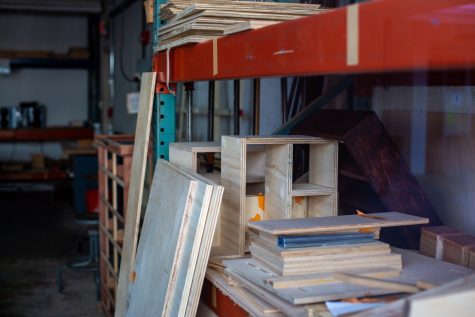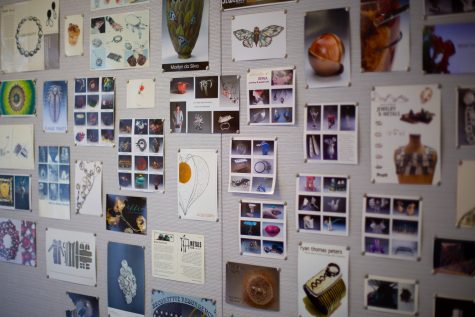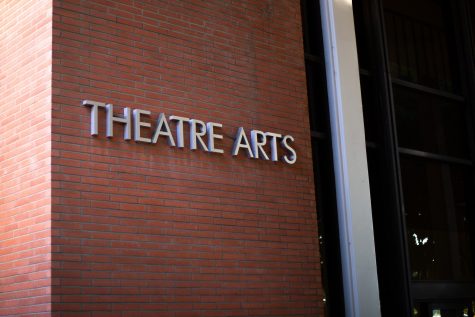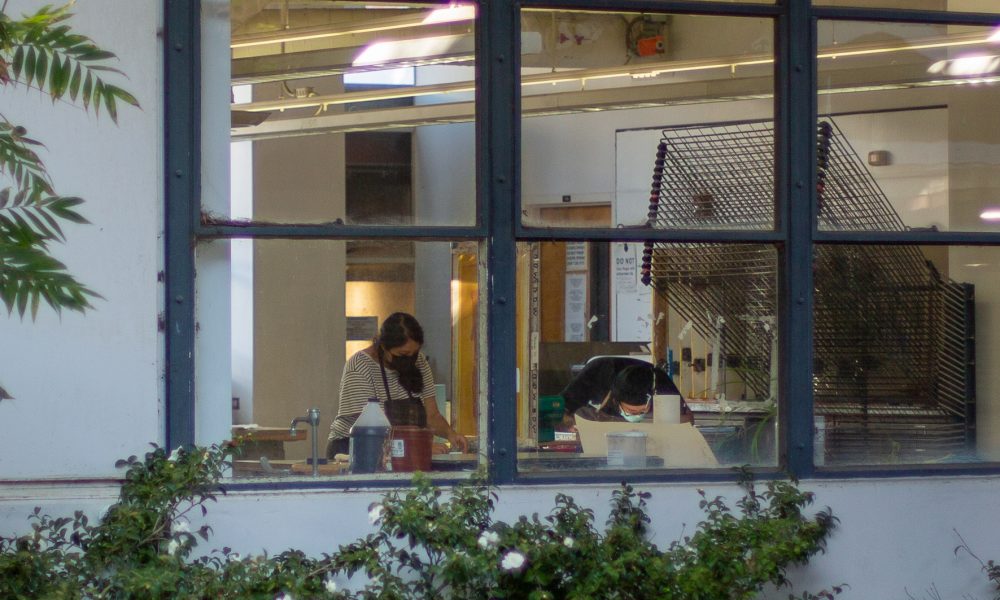Visual and performing arts programs in California K-12 public schools will have additional funding of at least $1 billion upon the passing of Proposition 28 during the Nov. 8 midterm elections.
As of Saturday’s results, 62.4% of California residents voted yes on requiring a minimum of 1% of revenues the state and local governments receive under Proposition 98 to be allocated for arts and music education without raising taxes.
State legislation requires first to sixth-grade curriculums to provide “instruction in the subjects of dance, music, theatre, and visual arts,” even requiring the courses in middle and high schools.

“A rich arts education is part of a whole education, just like students need reading, literacy, math and science,” Long Beach Unified School District Visual and Performing Arts Coordinator Christine Whipp said. “So we want to make sure that we have staff and teachers so kids, no matter their economic background, will all have that opportunity.”
Prop 28 author Austin Beutner, former Los Angeles Unified School District superintendent, said in an interview with Capitol Weekly that “barely one in five public schools in California have a full-time arts and music program,” and supporting it would increase student attendance and improve social and mental health, especially coming out of a pandemic.

Before Prop 28, music and arts programs depended on state and local budgeting decisions to receive funding. Through this proposition, a specifically-allocated minimum that cannot be spent elsewhere would prevent the programs from being undercut should budget cuts occur.
Although LBUSD has teeming art resources and funding through the support of centers such as the RuMBa Foundation, some CSULB students like Marts Reyes noticed how under-resourced VAPA programs were compared at an early age to STEM or sports counterparts.
Back in Reyes’ San Diego high school, the pre-graphic design major grappled with limited Adobe software access and had to print their newspaper spreads in black and white.
“If the illustrations are just black and white, you can’t convey what you want to convey sometimes, even though that’s the purpose of art,” Reyes said. “If we were funded better, we wouldn’t have to worry about the limitations.”

With 80% of the funding spent on hiring instructors and staff, expanding job employment and student teaching opportunities across Long Beach, public schools are also possible prospects of the proposition, Whipp said.
“In fact, Cal State Long Beach’s art education program is probably one of the best and most well-known in Southern California,” Whipp said. “In the past, we’ve placed more student teachers every semester, but we don’t necessarily always have job openings for them, so hopefully, we’ll see some expansion there as schools determine their needs.”
According to the Legislative Analyst’s Office, the prop requires each district to report annually where funds are spent, including the type of programs, the number of staff employed and the number of students served.

Those who oppose Prop 28 argue that a more serious approach to arts and music programs should be left to higher education since K-12 enrollment has decreased from 6,163,001 in 2019–2020 to 6,002,523 in 2020–2021, according to the California Department of Education’s Statewide School Enrollment Data.
Whipp said she believes that visual and performing arts education should be introduced to students early, not just in preparation for their future careers, but also as an essential part of students’ development.
“A common belief people would say is college is your time to figure out what you want to do with the rest of your life,” Reyes said. “However, I think if this exposure starts earlier, students would not feel so pressured to decide and settle.”




